Filter by
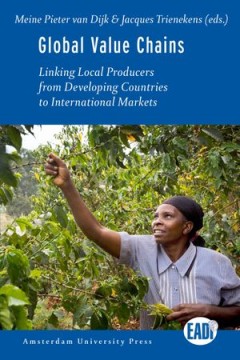
Global Value Chains
This important volume presents seven case studies of global value chains alongside two theoretical chapters concerning these chains. The contributors explore a wide range of issues relevant to value chains: the impact of global value chains on local upgrading strategies, the role of governance structures shaping global value chains, the role of buyers in creating, monitoring and enforcing commo…
- Edition
- -
- ISBN/ISSN
- 9789089643605
- Collation
- -
- Series Title
- -
- Call Number
- 650
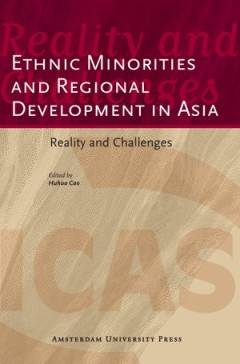
Ethnic Minorities and Regional Development in Asia
The development experience in the world over the last century has shown that economic growth cannot be sustained without taking into consideration the social and political development of vulnerable populations, including greater recognition of minority rights. Within this context, the objective of this book is initially to support the interdisciplinary discussion that aims to join studies that …
- Edition
- -
- ISBN/ISSN
- 9789089640918
- Collation
- -
- Series Title
- -
- Call Number
- 650
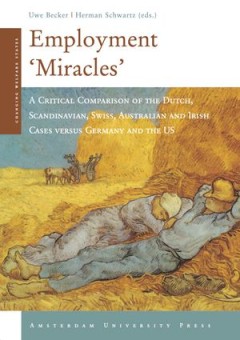
Employment 'Miracles' : A Critical Comparison of the Dutch, Scandinavian, Swi…
Why did some economies experience a boom in the 1990s? Employment 'Miracles' comparatively analyses select miracle economies. The contributors to the volume critically analyze how the small size and institutional structure of seven countries like the Netherlands, Denmark and Ireland accounted for their success and status as economic models. Comparisons with the American and German markets revea…
- Edition
- -
- ISBN/ISSN
- -
- Collation
- -
- Series Title
- -
- Call Number
- -
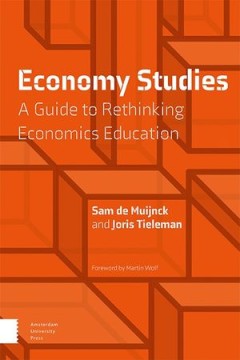
Economy Studies : A Guide to Rethinking Economics Education
The Economy Studies project emerged from the worldwide movement to modernise economics education, spurred on by the global financial crisis of 2008, the climate crisis, and the COVID-19 pandemic. It envisions a wide variety of economics graduates and specialists, equipped with a broad toolkit, enabling them to collectively understand and help tackle the issues the world faces today. This is a p…
- Edition
- -
- ISBN/ISSN
- -
- Collation
- -
- Series Title
- -
- Call Number
- 650
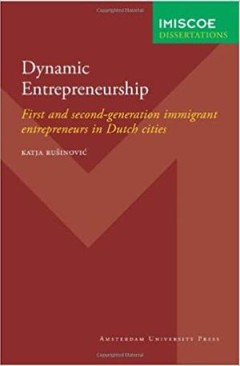
Dynamic Entrepreneurship : First and Second-Generation Immigrant Entrepreneur…
The nature of immigrant entrepreneurship is changing in Dutch society. Nowadays, many immigrant entrepreneurs start businesses in producer and personal services instead of more traditional sectors such as retail or hotel and catering. At the same time, a growing number of second-generation immigrants are setting up their own firms in the Netherlands. These second-generation immigrants-born and/…
- Edition
- -
- ISBN/ISSN
- 9789053569726
- Collation
- -
- Series Title
- -
- Call Number
- 650
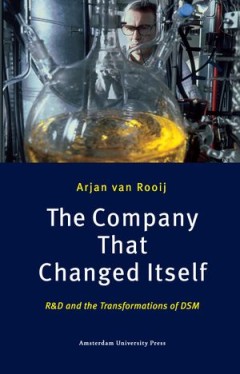
The Company that Changed Itself
The role of industrial research in the development of the company that sponsors it is an essential question. This book takes up this question in an historical perspective with a case study of the Dutch chemical company DSM, a company that transformed itself three times over the course of its long history. The case study and its analysis offer a fresh perspective on the history of industrial res…
- Edition
- -
- ISBN/ISSN
- 9789053569559
- Collation
- -
- Series Title
- -
- Call Number
- 650
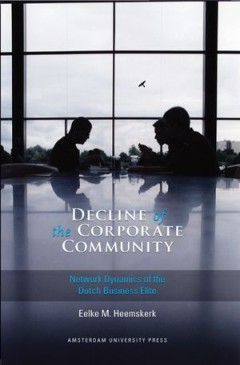
Decline of the Corporate Community
From its inception, big business in the western industrialised world has been organised in national business communities. Central elements of these business communities are corporate board interlocks that constitute the notorious 'Old Boys Network'. This corporate elite connects the centres of corporate governance. In recent times, these networks of the corporate elite show signs of decline. He…
- Edition
- -
- ISBN/ISSN
- 9789053569733
- Collation
- -
- Series Title
- -
- Call Number
- 650
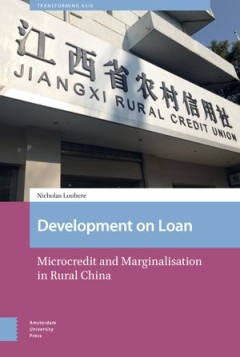
Development on Loan : Microcredit and Marginalisation in Rural China
Key to China's plans to promote rural development is the de-marginalisation of the countryside through the incorporation of rural areas into the urban-based market-oriented financial system. For this reason, Chinese development planners have turned to microcredit -- i.e. the provision of small-scale loans to 'financially excluded' rural households -- as a means of increasing 'financial consciou…
- Edition
- -
- ISBN/ISSN
- 9789048544271
- Collation
- -
- Series Title
- -
- Call Number
- 650

Braving Troubled Waters : Sea Change in a Dutch Fishing Community
Dwindling fish stocks, changing markets and often ill-advised government intervention have affected the lives of Dutch fishermen for decades. The author of this study has spent years among the fishermen of the Dutch island of Texel, and this book records the changes in their working lives, tracking the influence of national and international factors on the social and cultural structures of the …
- Edition
- -
- ISBN/ISSN
- 9789089640871
- Collation
- -
- Series Title
- -
- Call Number
- 650

Branding Books Across the Ages : Strategies and Key Concepts in Literary Bran…
As marketing specialists know all too well, our experience of products is prefigured by brands: trademarks that identify a product and differentiate it from its competitors. This process of branding has hitherto gained little academic discussion in the field of literary studies. Literary authors and the texts they produce, though, are constantly 'branded': from the early modern period onwards, …
- Edition
- -
- ISBN/ISSN
- 9789048544400
- Collation
- -
- Series Title
- -
- Call Number
- 650
 Computer Science, Information & General Works
Computer Science, Information & General Works  Philosophy & Psychology
Philosophy & Psychology  Religion
Religion  Social Sciences
Social Sciences  Language
Language  Pure Science
Pure Science  Applied Sciences
Applied Sciences  Art & Recreation
Art & Recreation  Literature
Literature  History & Geography
History & Geography